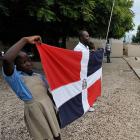ADVERTISEMENT
Photos
Botanical Gardens Used for Medical Research
Botanical gardens have a special purpose: they are reserved for the growth, study, protection, and awareness of bio-diversity.
Types of plant life found in a botanical garden include ferns, evergreens, and blooming plants.
Botanical gardens were originally developed during the Renaissance period at Italian universities. They have since been established for research and instruction in medical botany in the U.S. and Northern Europe.
The Botanic Gardens Conservation International incorporates a vast network of plant species and ecology awareness programs.
1987 Constitution Mandates a National Botanic Garden
Haiti needs more than Cayes Botanical Garden to maintain and protect its biodiversity; it needs botanical gardens strategically planted throughout the island.
The 1987 Constitution states Haiti's duty is ". . . to . . . maintain botanical . . . gardens at certain points in its territory." But a National Botanical Garden has yet to be created.
CBG has offered to fill the gap for information and is putting together a program to make Haitians aware about the benefits of preserving diverse plant species.
International Community Plans Haiti's First National Botanic Garden
In a push to develop a National Botanic Garden (NBG) in Haiti, several U.S. environmental groups, including Denver's Botanic Gardens, have partnered to plan Haiti's first NBG.
Port-au-Prince hosted a workshop for these collaborators to meet to develop an NBG in Haiti's restoration of its infrastructure. Workshop participants besides the U.S. included France, Canada, Britain, and the Dominican Republic.
Minister of Tourism, Stephanie Villedrouin, committed her department to realizing the NBG initiative.
Cayes Botanical Garden a Paradigm of Biodiversity
Cayes Botanical Garden of Haiti (CBG) is the only biodiverse garden flourishing on the island. The garden has been in existence 10 years, and has been honored with two awards as a paragon of plant species richness.
The CBG was created to offset the extinction of native plants, protect their natural habitat, and develop education literature for maintaining and advancing bio-diversity.
Although Haiti's 1987 Constitution mandates creation of botanical gardens throughout the country, it has yet to happen.
U.S. Hosts 2013 CONCACAF Gold Cup
U.S. is holding the 12th Annual Gold Cup in July. Competition will begin at the Rose Bowl and end at Soldier Field.
Twelve teams are competing, the winner to challenge the 2015 Gold Cup winner in a one-match game.
Mexico's Raul Jimenez will help the national team hold onto the Cup title.
South Region teams will vie to capture first place. Trinidad/Tobago is expected to win in their division.
North / Central American division team USA is the favorite to win the Cup.
Haiti and Mexico Sign Electoral Agreement
The Mexican Electoral Institute (MEI) signed a memorandum of understanding (MOU) with Haiti to improve electoral operations.
Transient Electoral Council (TEC) President, Ménard, signed the MOU, along with Zurita, Council President, and Molina, MEI Secretary.
Ménard said MOU commits TEC to pursue transparency in holding elections. He adds MEI uses best practices in electoral policies TCPEC can emulate.
Haiti's electoral system comprises Temporary and Permanent Electoral Councils and TEC. Haiti is nearly two years overdue to hold elections.
Picture Of Nepalise U.N. Tanker Truck Dumping Excrements
A view of a Tanker Truck as it is dumping excrements taken from a nearby Nepalese U.N. base. Many believe that this sewage as traveled over 400 miles from nearby Nepalese base to contaminated the Artibonite river.
The Artibonite river is a major source of clean water most people in the region. They use the Artibonite river for fishing, washing, cooking and drinking. The picture is a courtesy of wehaitians.com
Congress Says UN not Fulfilling Hispaniola Initiative
Congresswoman Waters sent UN Secretary General, Ki-moon, a letter regarding UN's response to Haiti's cholera epidemic.
Congress is disappointed UN has spent only $23.5 million dollars of the $2.2 billion Hispaniola Initiative requirement.
Ki-moon claimed UN has provided $140 million-plus dollars for cholera victims. He says cholera cases have lowered 90%, with the death toll at 1%.
Ki-moon reminded Congress UN bears no responsibility for compensating victims. A clause protects them from reimbursement lawsuits.
Carnaval Officials Lie about Profits.
In an effort to avoid public outrage, Carnaval officials have claimed Carnaval des Fleurs netted 21 million gourdes in 2012. Nothing could be further from the truth. Independent analysts say Carnaval figures add up to a 46-million gourde loss.
Losses accrue from Carnaval performers living and spending their earnings outside Haiti. And Carnaval sellers don't report their profits to the tax collector. In other words, the Haitian tax payer is paying for Carnaval out of their income.

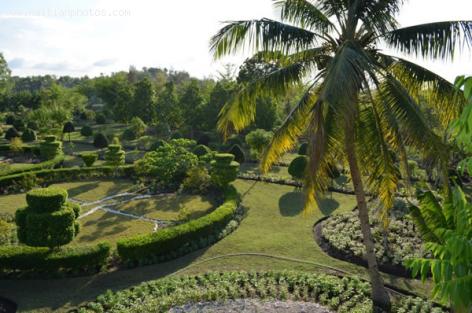
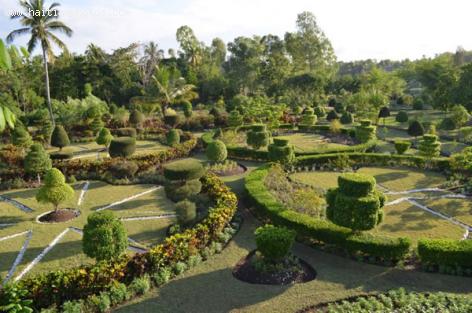

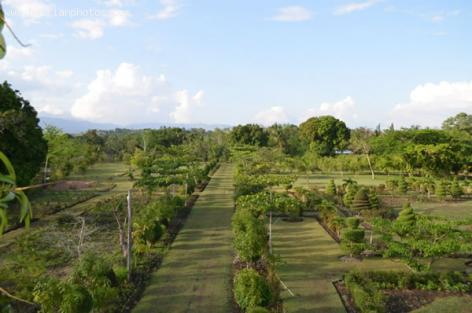


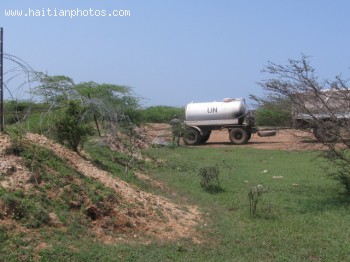
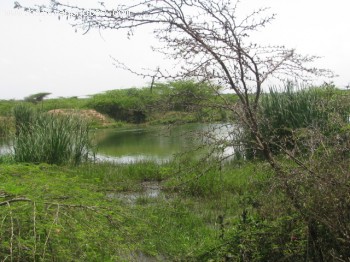

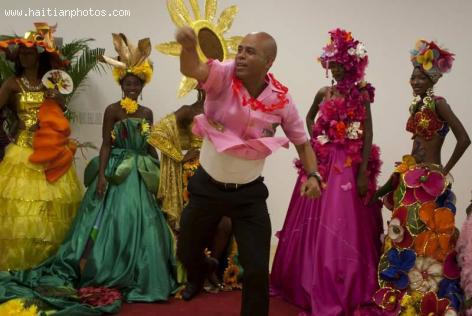
 Who will be the next president of Haiti?
Who will be the next president of Haiti?  Henri Namphy Haitian General and President , buried in...
Henri Namphy Haitian General and President , buried in... 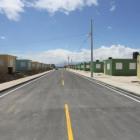 View of road in Lumane Casimir Village
View of road in Lumane Casimir Village  Jovenel Moïse nominated Jean Henry Céant as prime minister of...
Jovenel Moïse nominated Jean Henry Céant as prime minister of...  Jean Henry Céant deposited documents in Parliament for...
Jean Henry Céant deposited documents in Parliament for...  Haiti Street Food, manje kwit or Chin Janbe, for $1 or less
Haiti Street Food, manje kwit or Chin Janbe, for $1 or less  Jack Guy Lafontant resigns as Haiti Prime Minister
Jack Guy Lafontant resigns as Haiti Prime Minister  Haitiano-Japanese Naomi Osaka wins the US Open against Serena...
Haitiano-Japanese Naomi Osaka wins the US Open against Serena... 


